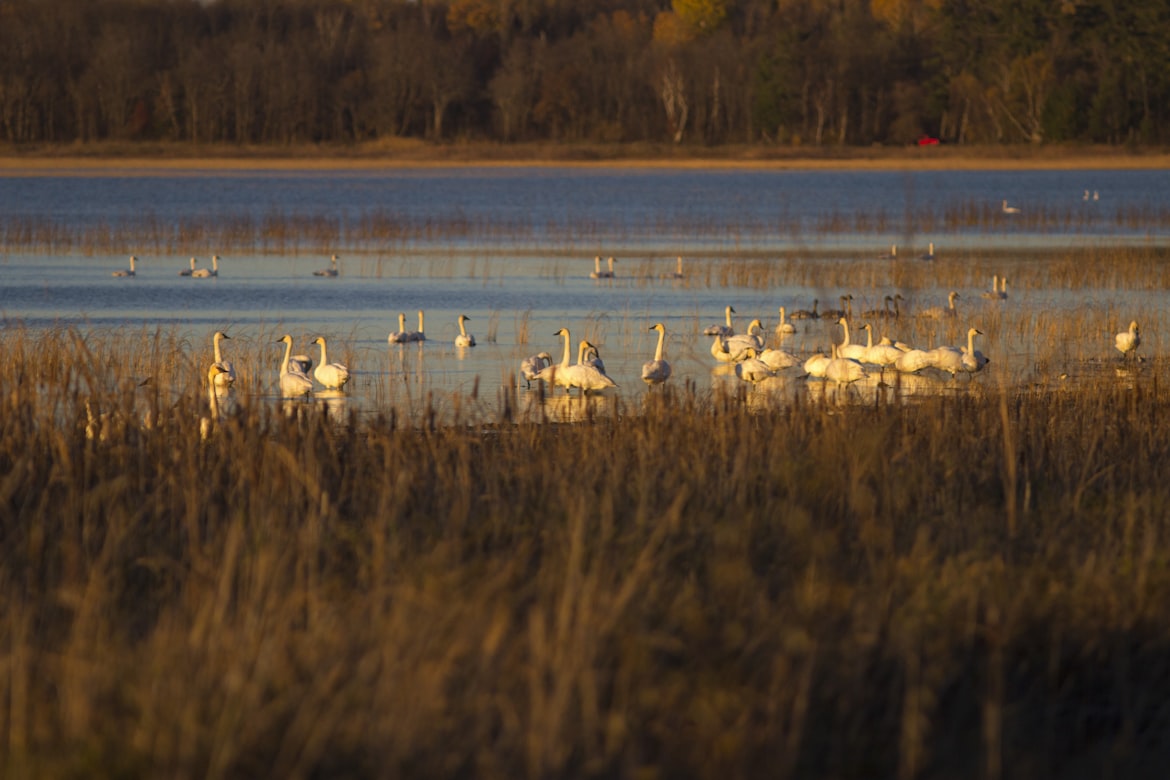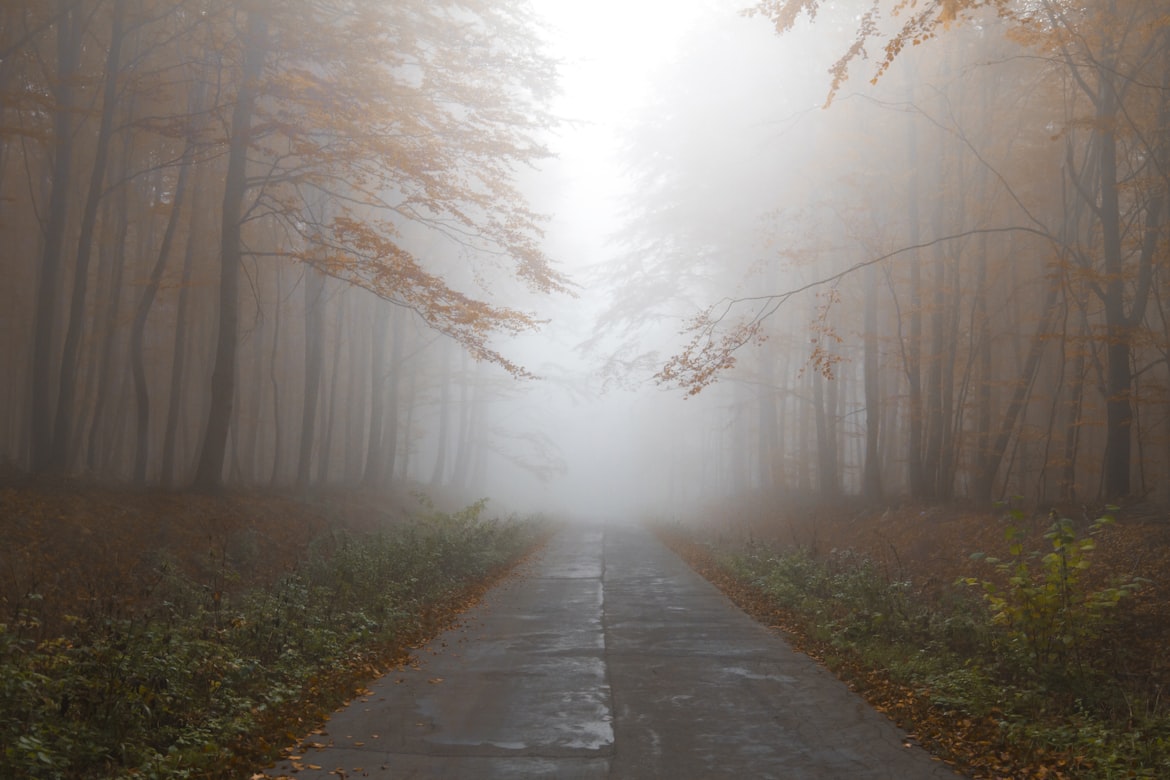The Science of Autumn: Understanding the Changes in Weather, Leaves, and Animals

Autumn is a season of change, and there’s a lot of science behind the changes we see in the weather, leaves, and animals during this time of year. From the cooling temperatures to the changing colors of the leaves, autumn is a time of transition.
In this article, we’ll explore the science behind the changes in weather, leaves, and animals during the autumn season and how it affects the ecosystem.
The Science of Cooling Temperatures
As the days get shorter and the sun’s angle becomes lower in the sky, the temperatures start to drop. The cooling temperatures signal to plants and animals that it’s time to prepare for winter.
For plants, this means shutting down the production of chlorophyll and revealing other pigments in the leaves, such as carotenoids and anthocyanins, which give the leaves their characteristic orange, yellow, and red colors. For animals, this means migration or hibernation.
The Science of Changing Leaves
The changing colors of leaves in autumn is a result of the loss of chlorophyll, the pigment that gives leaves their green color. Chlorophyll is important for photosynthesis, the process by which plants make food.

As the days shorten and temperatures drop, the production of chlorophyll slows down and eventually stops. Without chlorophyll, other pigments in the leaves such as carotenoids and anthocyanins become visible, giving the leaves their characteristic orange, yellow, and red colors.
The Science of Animal Migration
Many animals migrate to warmer climates during the autumn season to escape the colder temperatures and lack of food.

Birds, for example, migrate to warmer climates to escape the harsh winter weather. Some species of birds fly thousands of miles to reach their destination, while others simply fly to a different area within their home range.
The Science of Hibernation
Some animals, such as bears and groundhogs, hibernate during the autumn and winter months. Hibernation is a state of deep sleep where the animal’s body temperature and metabolism slow down significantly. This allows the animal to conserve energy and survive the winter months when food is scarce.
The Science of Ecosystem
Autumn is a crucial time for the ecosystem, as it marks the transition from summer to winter. The changes in weather, leaves, and animals during this time of year have a significant impact on the ecosystem. For example, the fall colors of leaves signal to animals that it’s time to migrate or hibernate.
Additionally, falling leaves provide important nutrients to the soil and serve as a source of food for insects and small animals. The autumn season also marks the end of the growing season for plants, and they begin to prepare for winter by shutting down their systems and going dormant.
The Science of Rain and Storms
Autumn also brings an increase in rain and storms as the weather cools and the jet stream shifts. The jet stream is a fast-moving river of air that separates the cold and warm air masses.

In the autumn, the jet stream typically shifts south, bringing colder air from the north and warmer air from the south. This results in an increase in storm activity as the cold and warm air masses collide.
The Science of Fog and Mist

Fog and mist are also common during the autumn season as the temperature difference between the ground and the air increases. As the air cools, moisture in the air condenses, forming fog and mist. This can make for some beautiful and picturesque autumn scenes, but it can also make for dangerous driving conditions.
And, finally, to conclude.
The autumn season is a time of change and transition, and there’s a lot of science behind the changes we see in the weather, leaves, and animals. From the cooling temperatures to the changing leaves, the autumn season has a significant impact on the ecosystem. Understanding the science behind these changes can help us appreciate the beauty and complexity of the natural world.






